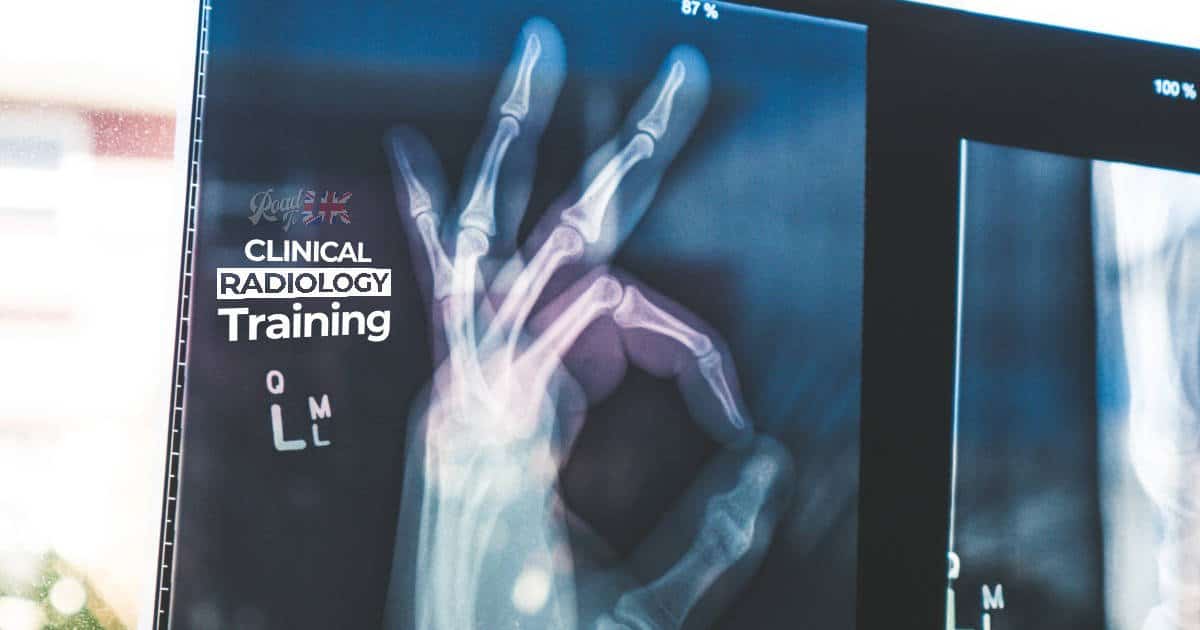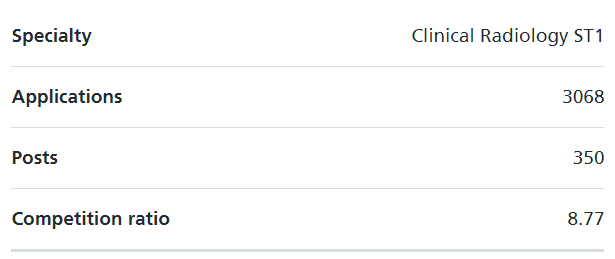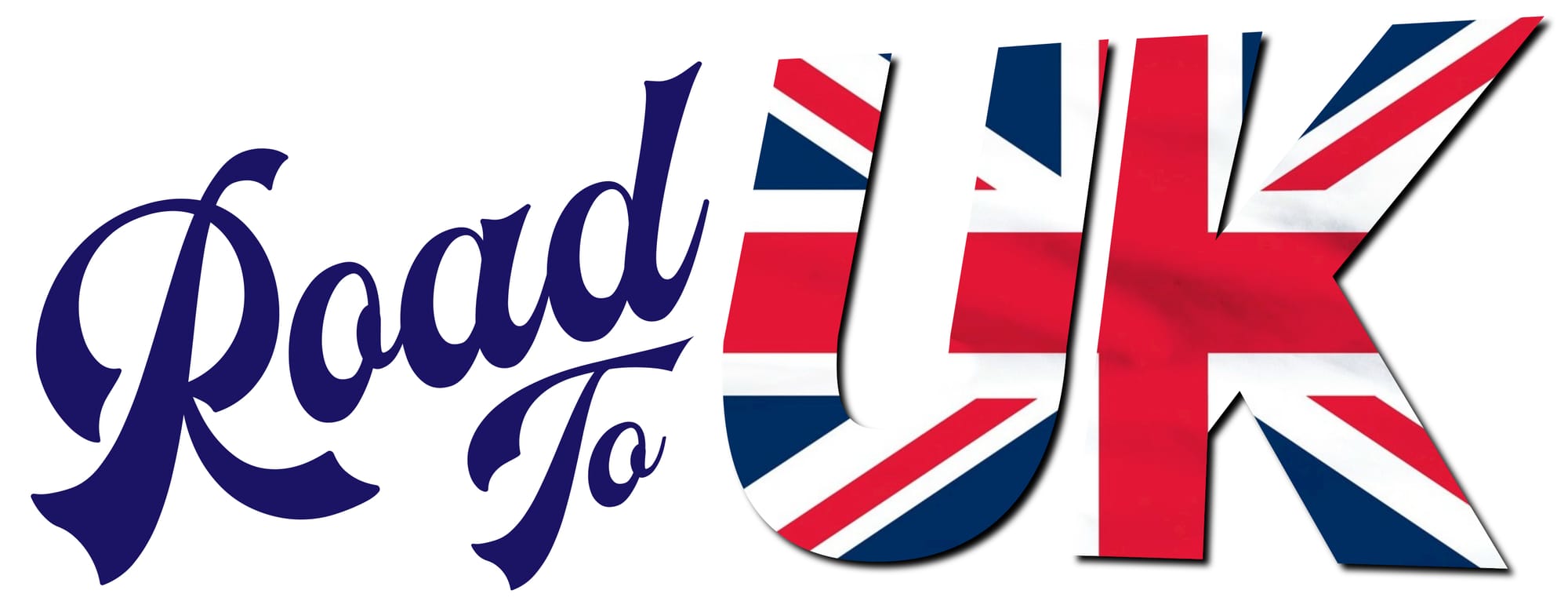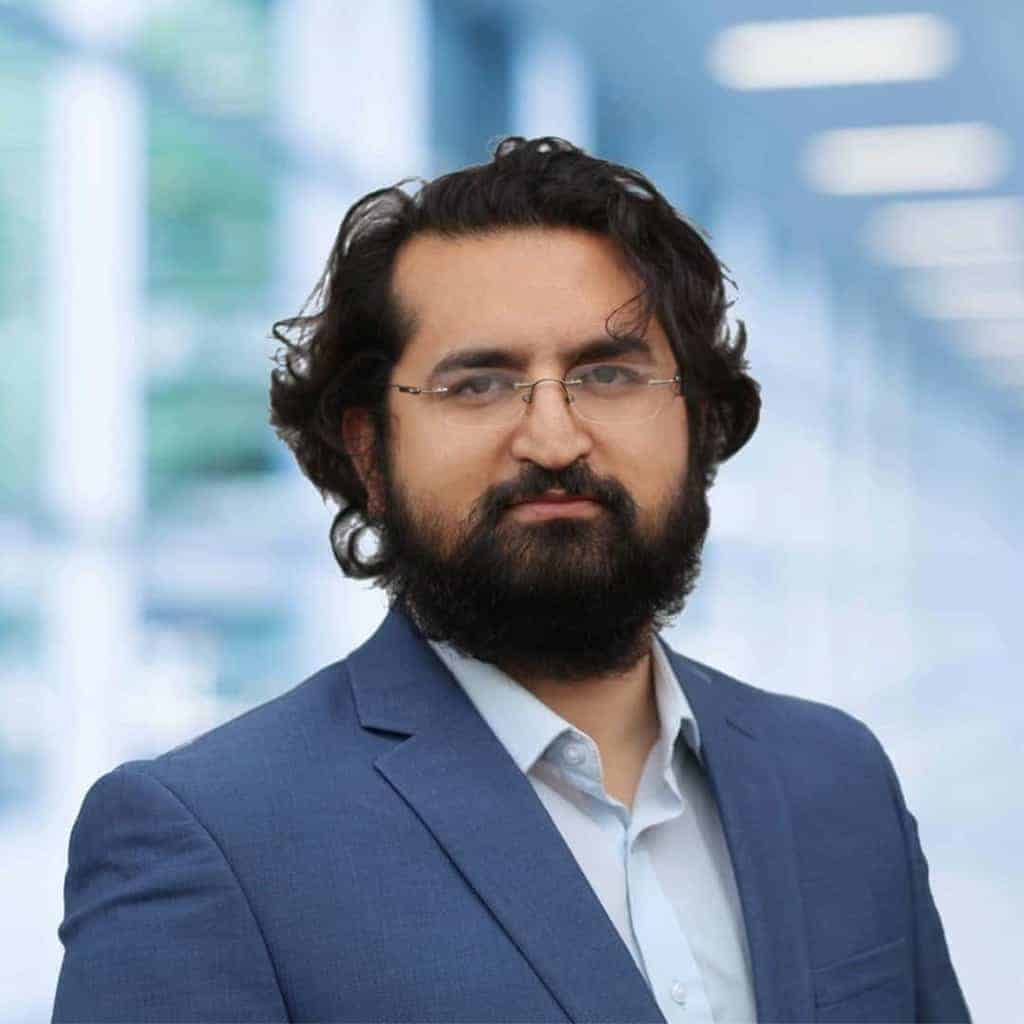Specialty Training in Clinical Radiology in the UK

One of the most exciting and rapidly advancing specialities within medicine is Clinical Radiology. That’s why many international medical graduates (IMGs) are interested in joining specialty training in clinical radiology in the UK. The Royal College of Radiologists (RCR) maintain the training and their website would be the primary source of information and guidelines.
Related Sub-specialties and special interest areas
Clinical Radiology in the UK is a run-through training for 5 years. The recruitment happens at the ST1 level only. A further ST6 can be taken for specializing in Interventional Radiology.
Even though Interventional Radiology is the only officially recognized sub-speciality, but radiology trainees can have “special interest” in the following major areas:
- Paediatric radiology
- Musculoskeletal
- Vascular
- Neuroradiology
- Head & Neck
- Gastrointestinal
- Oncology
- Cardiac
- Chest
- Breast
- Radionucleotide Radiology
Let’s have a look at the statistics
The statistics above are for the Round 1 fill-up rate for the CT1/ST1 specialities. We can clearly see a few important points:

- The number of available posts for training in clinical radiology is very small compared to other specialties like GP, internal medicine training, and even core surgical training. This small number makes this training very competitive.
- Additionally, 100% posts were accepted in 2023, which means it’s cut-throat.
Prior to joining specialty training for an international doctor
If you are an International Medical Graduate (IMG), the very FIRST target is to obtain the GMC registration with a license to practice. If you are unsure in what ways you can get that, please read how to get registered with the GMC UK.
The following discussion will require a basic understanding of how the training pathway for doctors is structured in the UK. This video will help:
The structure of Clinical Radiology Training
As mentioned already, it is a 5 years run-through training with an option of taking an additional year to sub-specialize. So there are no separate core and speciality training modules.
Run-through Radiology Training
The five years of training is divided into:
- General Radiology training (3 years) (ST1 – 3)
- Special Interest Training (2 years) (ST4 -5)
Different special interests are has already been outlined above. The progression through the training is assessed via workplace-based assessments and via the FRCR exam.
You can’t apply for ST1 level if you already have more than 18 months of experience in radiology in any country. Please read the person specifications for ST1 radiology training here.
Fellowship of Royal College of Radiologists (FRCR) Exam
The exam is divided as follows:
- First FRCR Exam
- Physics Module
- Anatomy Module
- Final FRCR Exam
- Part A
- Part B
First FRCR examination
Applicants need to hold a formal clinical radiology training post (UK or non-UK) in which they are actively receiving clinical radiology training (or to have held such a post in the past) in order to enter the First FRCR examination. No minimum period of clinical experience or clinical radiology training is required in order to enter. No confirmation of course attendance is required.
No exemption is granted from the First FRCR examination on the basis of success in any other examination.
Final FRCR Examination
Applicants must have acquired 24 months in a formal clinical radiology training post by the month which the examination is taken and to have passed the First FRCR Examination in order to enter the Final FRCR Part A Examination.
The Final FRCR Part A Examination comprises of six modules:
- Cardiothoracic and Vascular
- Musculoskeletal and Trauma
- Gastro-intestinal (including liver, biliary, pancreas and spleen)
- Genito-urinary, Adrenal, Obstetrics & Gynaecology and Breast
- Paediatric
- Central Nervous and Head & Neck (including spine, eyes, ENT, salivary glands and dental)
There are two papers (each paper is three hours in duration) examined by the single best answer (SBA) covering all imaging modalities, and including some anatomy and techniques. Candidates need to pass both papers at one sitting in order to be deemed to have achieved overall success in the Final FRCR Part A Examination.
The Final FRCR Part B Examination comprises:
- a reporting session
- a rapid reporting session
- two oral examinations
The three components of the Final FRCR Part B Examination are held during a single week twice a year, normally in April and October. In the oral examinations, each candidate is examined by two pairs of examiners, all of whom are clinical radiologists. Candidates who have passed the Final FRCR Part A Examination are permitted to enter the Final FRCR Part B Examination upon completion of 34 months in a formal clinical radiology training post.
Sub-specialty Training
A further one year of ST6 is available for those who are interested in taking “Interventional Radiology”, after completion of their 5 years of clinical radiology training.

What an IMG (non-UK, non-EEA, without a settled visa) can do to join the Radiology training?
I assume that you know that the first target is always to get GMC registration. After getting GMC registration, the initial approach should be to acclimatize yourself with the NHS by way of doing a non-training job.
Obtain GMC registration with a license to practice
If you have read the article on how to get GMC registered already, you know in detail. To reiterate, if you already have any of the following acceptable non-UK PG qualifications, then you don’t need PLAB for GMC registration, you can take the accepted PG pathway:
Please note that the following qualifications gets you GMC registration, they DO NOT make you exempt from taking the FRCR examination.
- FRANZCR in radiation oncology (Australia/New Zealand)
- FRANZCR in radiology (Australia/New Zealand)
- FC Rad Diag(SA) (South Africa)
- Royal College of Physicians and Surgeons of Canada diagnostic radiology examination
- ABR in diagnostic radiology (USA)
- FFR RCSI in clinical radiology (Ireland)
Getting the CREST form signed
This form marks the competencies equivalent of a foundation level doctor. The following individuals can sign your Certificate of Readiness to Enter Specialty Training form:
- Consultants
- GPs
- Clinical Directors
- Medical Superintendents
- Academic Professors
- Locum Consultants with CCT/CESR
The person who signs it must have worked with you for a consecutive 3 months within the last 3.5 years from the start date of the post in question. They do not have to personally witness your completing all of the professional capabilities listed; if there is sufficient alternative evidence at hand that you have demonstrated these capabilities, they can sign you off. Please note that clinical attachments/unpaid rotations WILL NOT count towards the 3-month requirement.
If the individual signing your competencies is registered overseas, it is your responsibility to provide the necessary evidence proving their registration. You must attach proof of their registration along with your CREST form and translate any part of the document as needed. If they have had GMC registration but no longer hold it, it will not be considered.
More information regarding Internship and UKFPO can be found here.
Specialty Recruitment Assessment (SRA)
SRA stands for the Specialty Recruitment Assessment. It is a computer-based assessment introduced by RCR and London Recruitment and has been part of the ST1 clinical radiology application process since 2016. There are two parts to the SRA;
- Professional Dilemmas (PD) paper,
- Clinical Problem Solving (CPS) paper.
The SRA is very important for two reasons:
- Candidates need to achieve a score high enough to be offered one of the limited numbers of interview slots (600) as the ranking for interview slots is directly based on your SRA score. If you do not perform well in the SRA, you will not be offered an interview.
- Once you are through to the interview stage, your SRA score is then weighted to contribute to 33% of the final selection centre score in order to determine appointability for the available Clinical Radiology ST1 posts.
This is the same MSRA exam that GP trainees have to take for their selection process but the mark is weighed differently for ST1 radiology posts.
The application timeline below gives you a rough idea around what time of the year the SRA and the ST1 interview will take place:

Doing well in the ST1 Clinical Radiology interview
Apart from being well rounded in various common interview stations like clinical stations, prioritization of tasks – you also need to have a good portfolio put together. Your time in doing a non-training job in the NHS should be spent gathering all or some of the following if and when possible:
- Postgraduate degrees and qualifications and additional degrees
- CPD courses
- Additional Achievements
- Quality Improvement (clinical audit)
- Teaching experience
- Training in teaching
- Presentations
- Publications
- Leadership and management
- Commitment to radiology
- Taster week in Radiology (Signed off by the consultant)
- Organization of your CV
Specialist Registration via CESR
If you are already a non-UK trained consultant radiologist but wish to work in the UK, you can take the process to obtain a Certificate of Eligibility of Specialist Registration (CESR).
Training application process
Recruitment and selection into Clinical Radiology training posts in England, Scotland and Wales are carried out through a nationally coordinated process run by HEE London and South East Recruitment.
All information about the process, including access to the application portal, interview structure and applicant guidelines, will be published on the ORIEL recruitment system.
Frequently Asked Questions
Which non-training job is ideal for getting into radiology training later on?
It doesn’t really matter. As the recruitment is happening at the ST1 level, they can’t expect you to be a radiologist before even you apply. Proving your commitment and interest to the specialty is the key.
Wherever you work, definitely try to arrange a “taster week” (at least 5 days) at radiology before you apply for the training. Get that taster week signed by the radiology consultant to add it your portfolio among other things like teaching, audits, leadership training, etc.
Is the SRA exam for radiology training is the same MSRA that one has to take for GP training?
Yes, it is the same exam. But the points obtained in this exam are not weighed the same way for the two specialities.
What to do if I already have completed some parts of FRCR or have 18 months or more experience in Radiology?
You can either consider taking the CESR route in the long run or look for getting into the MTI post under the Royal College of Radiologists.

